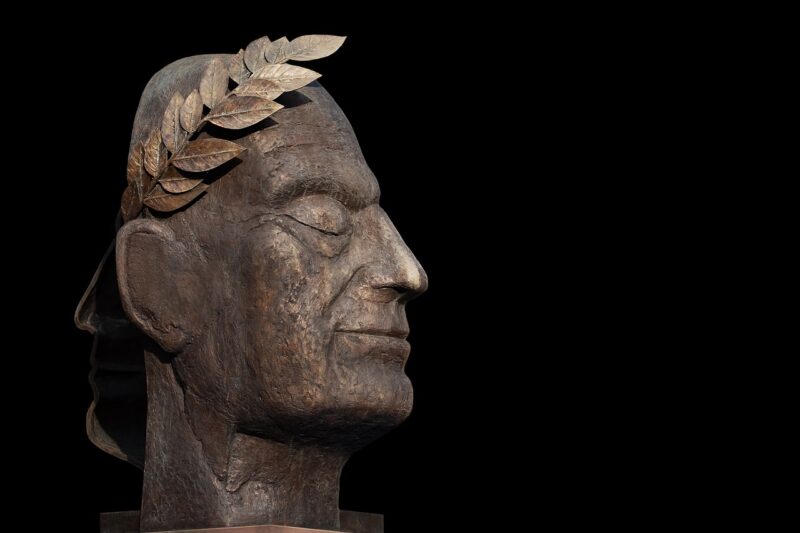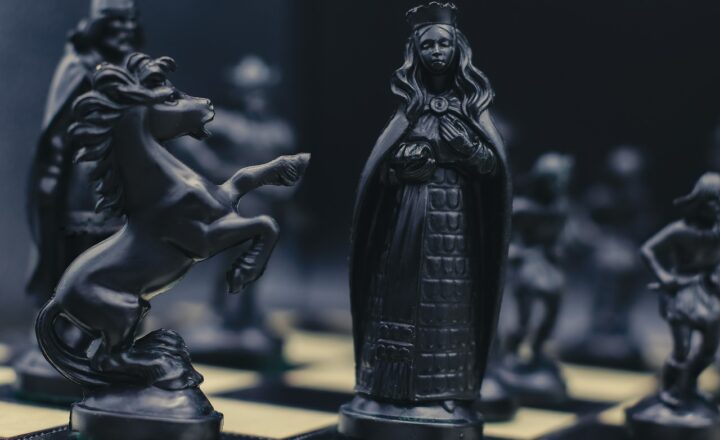
Legends are the heartbeat of culture, pulsating through the ages as storytellers weave narratives that connect generations to their heritage. These narrative treasures act not only as entertainment but also as vessels, carrying the profound beliefs, values, and history of a civilization. Each culture on Earth possesses its own legendarium, a collection of tales echoing the essence of its people. These legends are crucial in shaping identities and preserving ancient cultures, ensuring that their stories echo through time.
1. What is a Legend?
A legend is a traditional story that is popularly regarded as historical but unverified, often involving extraordinary events or characters. Legends frequently blend fact with fiction and are usually passed down orally, evolving over generations. These narratives often feature heroes, mythical creatures, and moral lessons that reflect a culture’s worldview and values.
Legends serve multiple purposes:
- Cultural Identity: They help define the identity of a community and reinforce shared values and beliefs.
- Moral Instruction: Many legends illustrate ethical lessons, teaching cultural norms and values to younger generations.
- Historical Record: While often embellished, legends can provide insights into historical events, figures, and societal conditions of ancient cultures.
Legends have the power to bring communities together, offering a common narrative that binds people through a shared understanding of their past.
2. The Role of Legends in Preserving Culture
Legends play a pivotal role in the preservation of ancient cultures by ensuring that the rich history, traditions, and values of a people do not fade with time. Here are a few core functions they fulfill:
A. Oral Tradition and Storytelling
Before the advent of writing, oral tradition was the primary method of preserving culture. Legends were recited by storytellers in communal gatherings, allowing individuals to connect emotionally with their heritage. The shared experience of storytelling fostered unity among community members, reinforcing social structures and cultural norms. The power of storytelling transcends generations, creating bonds that tie young listeners to their ancestors.
B. Cultural Objects and Symbols
Many legends are associated with cultural objects, symbols, and practices that embody the history and beliefs of a community. For instance, the legend of Sir Lancelot and the Holy Grail in Arthurian legend is tied to the symbolic significance of the chalice. Such objects carry the essence of legends, allowing them to live on through tangible means. When people engage with these objects, they are reminded of the stories and cultural values they represent.
C. Adaptation and Evolution
Legends are not static; they evolve with society. This adaptability allows them to remain relevant, even as cultural contexts shift over time. By embracing contemporary themes or addressing current social issues, legends can reflect the modern experience while still preserving their essence. This dynamic aspect contributes to the longevity and sustainability of cultural narratives.
3. Examples of Legends That Preserve Culture
Legends from various cultures around the world showcase the diversity of human experience while reinforcing the importance of cultural storytelling.
A. Native American Legends
Native American cultures are rich with legends that often explain the origins of the earth, natural phenomena, and ethical conduct. Stories like the emergence of the Great Spirit or Coyote’s adventures articulate values central to Indigenous identity. They serve as moral compasses and reinforce a deep connection to nature and community.
B. Greek Mythology
Greek mythology is suffused with legends that explain not only the world but also the complex human condition. The tales of gods like Zeus, Demeter, and Athena tell stories of love, war, betrayal, and loyalty. These legends encapsulate Greek values, exploring themes of heroism, hubris, and the relationship between humans and divine forces. They have inspired countless works of art, philosophy, and literature while preserving the cultural heritage of ancient Greeks.
C. The Epic of Gilgamesh
One of the oldest known literary works, The Epic of Gilgamesh, illustrates the hero’s journey and the quest for immortality. This epic not only captures the Sumerian culture but also conveys universal themes such as friendship, the fear of death, and the pursuit of knowledge. Tales from The Epic have influenced subsequent literature and continue to be studied for their rich historical significance.
4. Legends in Modern Society
In today’s fast-paced world, the importance of legends and folklore may appear diminished. However, they continue to hold significance:
A. Cultural Revitalization
In regions where traditional cultures are threatened or marginalized, there has been a resurgence of interest in reclaiming and revitalizing indigenous legends. This process promotes cultural pride and strengthens identities among younger generations. Through workshops, storytelling events, and literature, communities pass down their legends in an effort to preserve their unique heritage.
B. Literature and Popular Culture
Modern literature, films, and games often draw upon ancient legends, breathing new life into these stories. Works like J.K. Rowling’s Harry Potter series and movies like “Wonder Woman” utilize mythological elements to captivate audiences and explore timeless themes. Such adaptations play a vital role in keeping these legends alive in a global context, bridging the ancient with the present.
C. Education and Awareness
Legends serve as educational tools, allowing individuals to engage with different cultures and perspectives. They foster understanding, tolerance, and appreciation of cultural diversity. Through educational initiatives and cross-cultural exchanges, legends provide invaluable insight into the values and histories of societies, enriching people’s worldviews.
5. Conclusion
Legends are more than mere stories; they are the living essence of cultures worldwide. They preserve the fabric of ancient traditions while adapting for future generations. As we navigate a complex world, recalling and valuing our legends can enhance our understanding of ourselves and each other. By preserving these narratives, we ensure that our collective histories are honored, celebrated, and passed on to the next generation, sustaining the rich tapestry of human culture well into the future. In an age where modernity often overshadows tradition, embracing legends allows us to maintain a connection with our roots, cultivating a sense of belonging and identity.
Legends remind us of where we come from, guiding us as we forge ahead into an uncertain future, weaving a continuous story that enriches our lives and communities.







